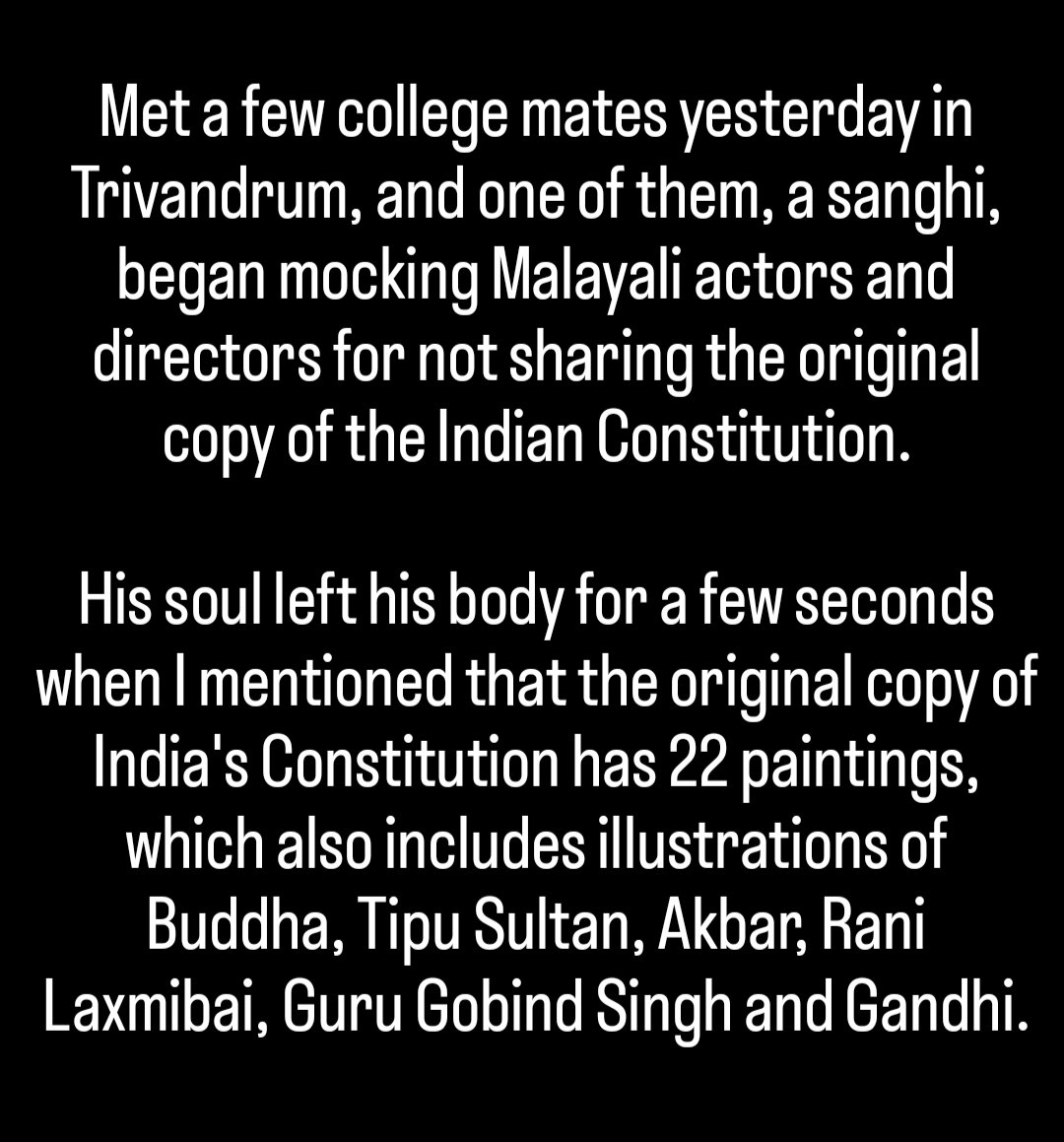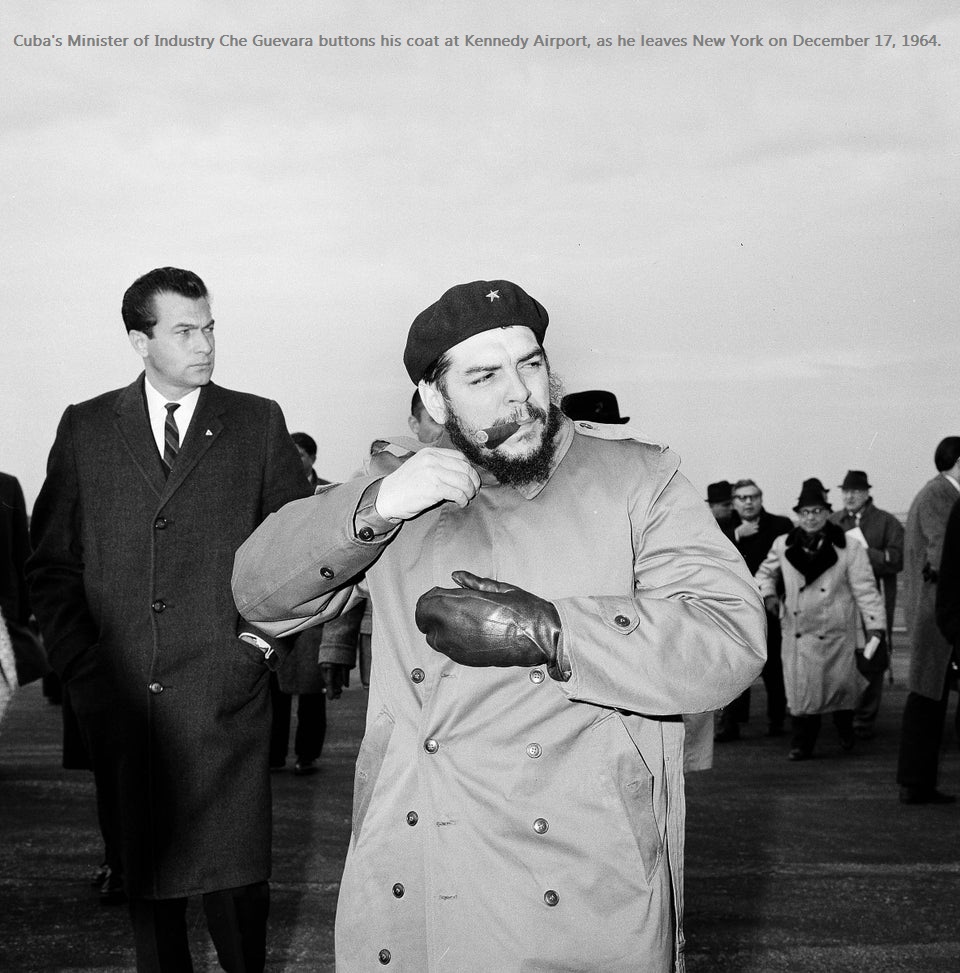“Godse killed Gandhi because of the Partition” is a LIE repeatedly told over the last few decades.
FACT: Godse tried to assassinate Gandhi twice in 1944, 03 years before partition. In July 1944, Godse was overpowered at Panchgani when he rushed towards Gandhi with a knife.
1/5
FACT: Godse tried to assassinate Gandhi twice in 1944, 03 years before partition. In July 1944, Godse was overpowered at Panchgani when he rushed towards Gandhi with a knife.
1/5
i) 'Gandhi, the Forgotten Mahatma' by Jagdish Chandra Jain.
ii) 'Gandhi and the Unspeakable' by James W. Douglass.
2/5


ii) 'Gandhi and the Unspeakable' by James W. Douglass.
2/5


Bhilare Guruji saved Mahatma Gandhi at Panchgani in 1944.
There were six assassination attempts on Mahatma Gandhi, from 1934 to 1948.
mkgandhi.org/assassin.htm
timesofindia.indiatimes.com/india/man-who-…
There were six assassination attempts on Mahatma Gandhi, from 1934 to 1948.
mkgandhi.org/assassin.htm
timesofindia.indiatimes.com/india/man-who-…
Godse was released because of Gandhi's 'Long-standing policy of refusing to press criminal charges'. 

Another big LIE: “Godse surrendered after assassinating Gandhi in 1948."
FACT: Raghunath Nayak from Odisha worked as a gardener at Birla House. Nayak chased and pinned down Godse, till the police arrested him. 5/5
outlookindia.com/website/story/…

FACT: Raghunath Nayak from Odisha worked as a gardener at Birla House. Nayak chased and pinned down Godse, till the police arrested him. 5/5
outlookindia.com/website/story/…

Sardar Patel was one of the first Indian leaders to agree to the idea of partition in 1946. Gandhi & Nehru accepted the idea of partition only by Mid-1947.
Source:
i) ‘The Shadow of the Great Game’ by NS Sarila.
ii) 'Story of the Integration of the Indian States' by VP Menon.
Source:
i) ‘The Shadow of the Great Game’ by NS Sarila.
ii) 'Story of the Integration of the Indian States' by VP Menon.
• • •
Missing some Tweet in this thread? You can try to
force a refresh






















